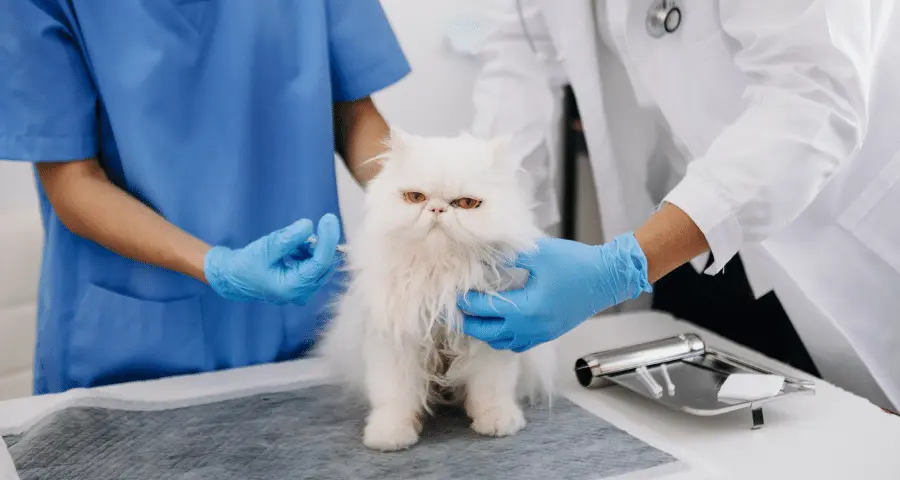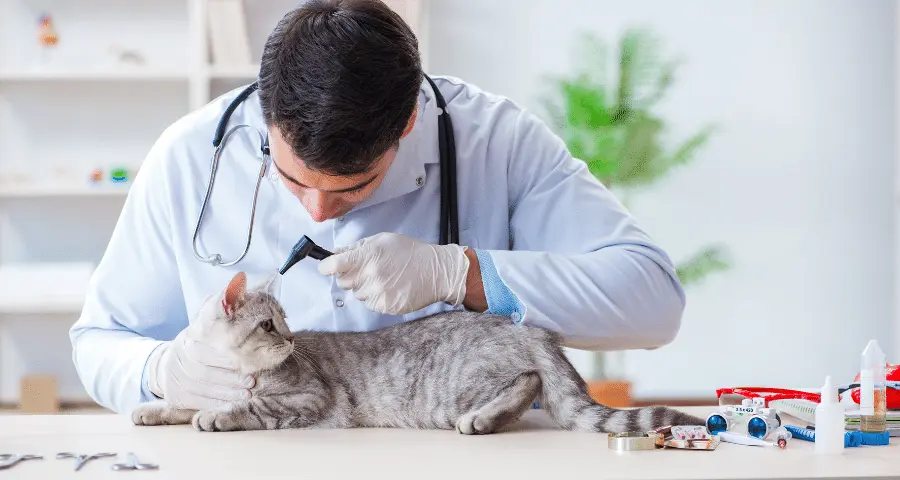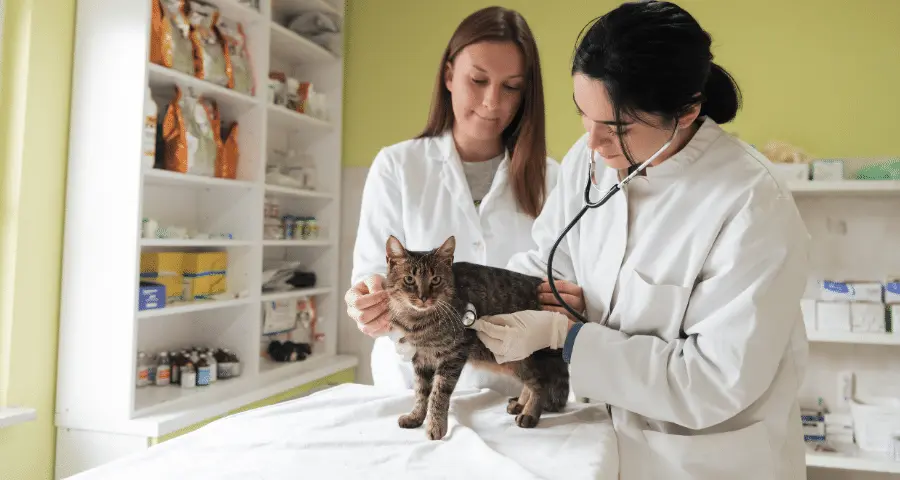Cats are lovely and loyal companions for us. However, it is extremely important that we are careful about their health. Abscess problems in cats can affect their quality of life. In this blog post, we’ll discuss what abscesses in cats are, how they’re treated, and the risks of abscess formation. Let’s not forget that it’s important to be aware of how to help and protect the health of domestic cats.
Abscess Problems in Cats

Feline abscesses are a health problem that many cat owners face and need to be treated. An abscess is a pus-filled cyst that forms under the skin or inside the body due to an infection. Abscesses in cats are usually caused by skin injuries, infections or blocked glands.
There are several causes of abscess formation in cats. These include skin injuries, bites or scratches. Blocked or infected glands can also cause abscesses.
| Reason for Formation | Treatment |
|---|---|
| Skin injuries | Wounds should be cleaned and treated with antibiotics. |
| Infected glands | Drainage of the glands should be done and antibiotic treatment should be applied if necessary. |
| Bites or scratches | In these cases, the wound should be cleaned and treated with antibiotics. |
Abscess Treatments

Abscesses are a common health problem in cats and can lead to serious complications if not treated in time. Abscesses in cats are usually caused by infections. If there is a wound, cut or infection on the cat’s body, bacteria can multiply rapidly in the area and the infection can lead to abscess formation.
It is important to consult a veterinarian for abscess treatment. The vet will assess the cat’s condition and determine the appropriate treatment. Abscesses are usually treated with medication. Antibiotics are used to control the infection caused by the abscess. At the same time, draining the abscess may also be part of the treatment process. By draining the abscess, the vet can prevent the infection from spreading and speed up the cat’s recovery.
Because feline abscesses can be a serious health problem, it’s important not to delay treatment. If you notice signs of an abscess in your cat, it is important to contact the vet immediately and get an expert opinion.
| Treatment Method | Description |
|---|---|
| Medication Therapy | Antibiotics are used to control the infection causing the abscess. |
| Drainage | The abscess is drained and the spread of infection is prevented. |
- It is important not to delay treatment.
- Do not try to open the abscess yourself without consulting a veterinarian.
- It is important to keep the cat’s abscess area clean.
Risks of Abscess Formation

Many cat owners may encounter abscesses in their cats. Infections in the cat’s body are the main cause of abscesses. However, there are some risks associated with abscess formation and it’s important to be aware of these risks.
The first risk factor is injury to cats. Cats can be injured in various ways and these injuries can lead to infections. Open wounds in particular allow bacteria and other harmful microorganisms to enter the body. This can trigger abscess formation.
A second risk factor is a weakened immune system in cats. When the immune system is healthy, the body can protect itself against infections. However, in some cases, the immune system can be weakened in cats, which can increase the risk of abscess formation. Factors such as diabetes, cancer or prolonged stress can cause a weakened immune system in cats.






